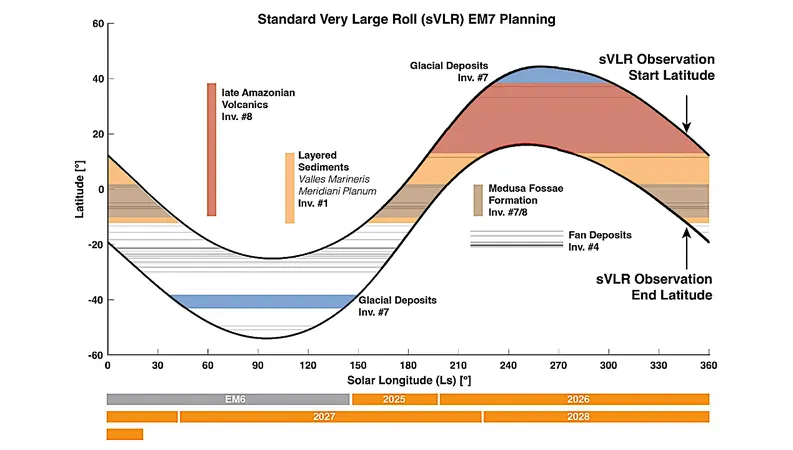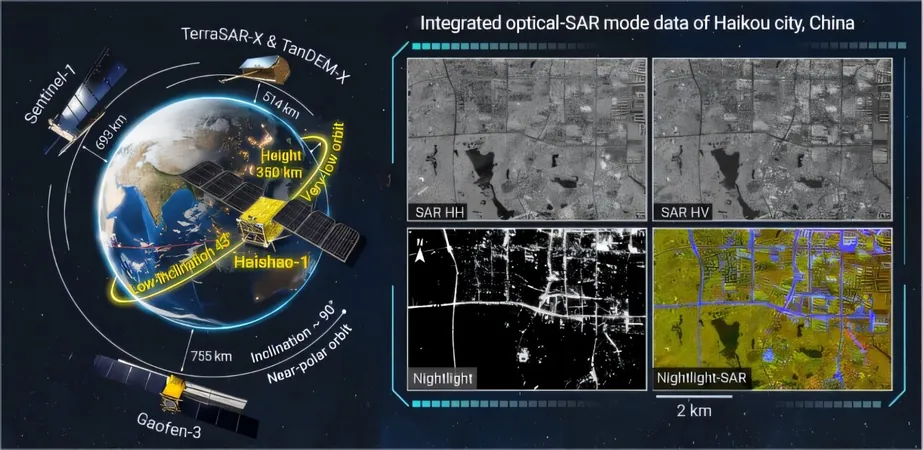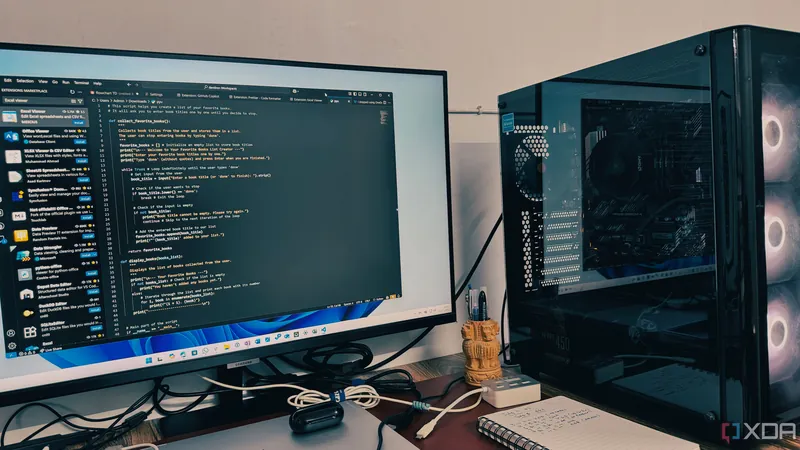
Unlocking the Secrets of Mars: Major Advances in Radar Imaging with the MRO
2025-06-01
Author: William
MRO's Game-Changing Maneuvers Above Mars
The Mars Reconnaissance Orbiter (MRO) has revolutionized our understanding of the Red Planet by executing extraordinary roll maneuvers. Traditionally, the spacecraft rolls up to 28 degrees to enhance the signal-to-noise ratio (S/N) of its Shallow Radar (SHARAD) antenna, leading to clearer echoes from the Martian surface.
What’s New? A Bold Roll to 120 Degrees!
In a groundbreaking move, recent modeling indicated that increasing this roll to 120 degrees could significantly improve radar clarity, with predictions of a S/N boost of approximately 10 dB. Initiating this daring series of maneuvers in May 2023, MRO has successfully conducted three Very Large Roll (VLR) observations, showcasing astonishing enhancements in data quality. The results? S/N improved by 9, 11, and an impressive 14 dB compared to prior zero-degree roll observations!
Diving Deeper into Martian Terrain
These VLR observations are game-changers, especially in challenging terrains. For instance, the first and second observations penetrated previously unreachable depths of 800 meters in the enigmatic Medusae Fossae materials and astonishingly 1,500 meters through the ice layers of Ultimi Scopuli. These findings reveal a wealth of information hidden beneath Mars’ surface.
Amazonis Planitia: A Mixed Bag of Results
The third VLR observation looked at Amazonis Planitia, enhancing the continuity of a dipping subsurface interface. However, it didn’t extend to deeper depths, leaving scientists on the edge of their seats for future insights.
Next Steps: Harnessing VLR for More Discoveries
With plans to push the envelope further, the MRO mission aims to conduct additional VLR observations across polar terrains and investigate midlatitude glacial structures, sediments, and volcanic features. Each mission brings us one step closer to unveiling the mysteries of Mars!
Visualizing the Breakthroughs
Graphics comparing the first VLR observation with lower roll angles reveal stark differences in radar clarity, marking a significant leap forward in our Martian exploration. This visual evidence showcases how VLR methods have not just improved radar penetration but also confidence in the results, affirming a subsurface source behind the findings.
As scientists like Nathaniel E. Putzig and his team continue to unravel Mars’ secrets, the implications for our understanding of the planet's geology are profound. The thrill of discovery awaits!









 Brasil (PT)
Brasil (PT)
 Canada (EN)
Canada (EN)
 Chile (ES)
Chile (ES)
 Česko (CS)
Česko (CS)
 대한민국 (KO)
대한민국 (KO)
 España (ES)
España (ES)
 France (FR)
France (FR)
 Hong Kong (EN)
Hong Kong (EN)
 Italia (IT)
Italia (IT)
 日本 (JA)
日本 (JA)
 Magyarország (HU)
Magyarország (HU)
 Norge (NO)
Norge (NO)
 Polska (PL)
Polska (PL)
 Schweiz (DE)
Schweiz (DE)
 Singapore (EN)
Singapore (EN)
 Sverige (SV)
Sverige (SV)
 Suomi (FI)
Suomi (FI)
 Türkiye (TR)
Türkiye (TR)
 الإمارات العربية المتحدة (AR)
الإمارات العربية المتحدة (AR)